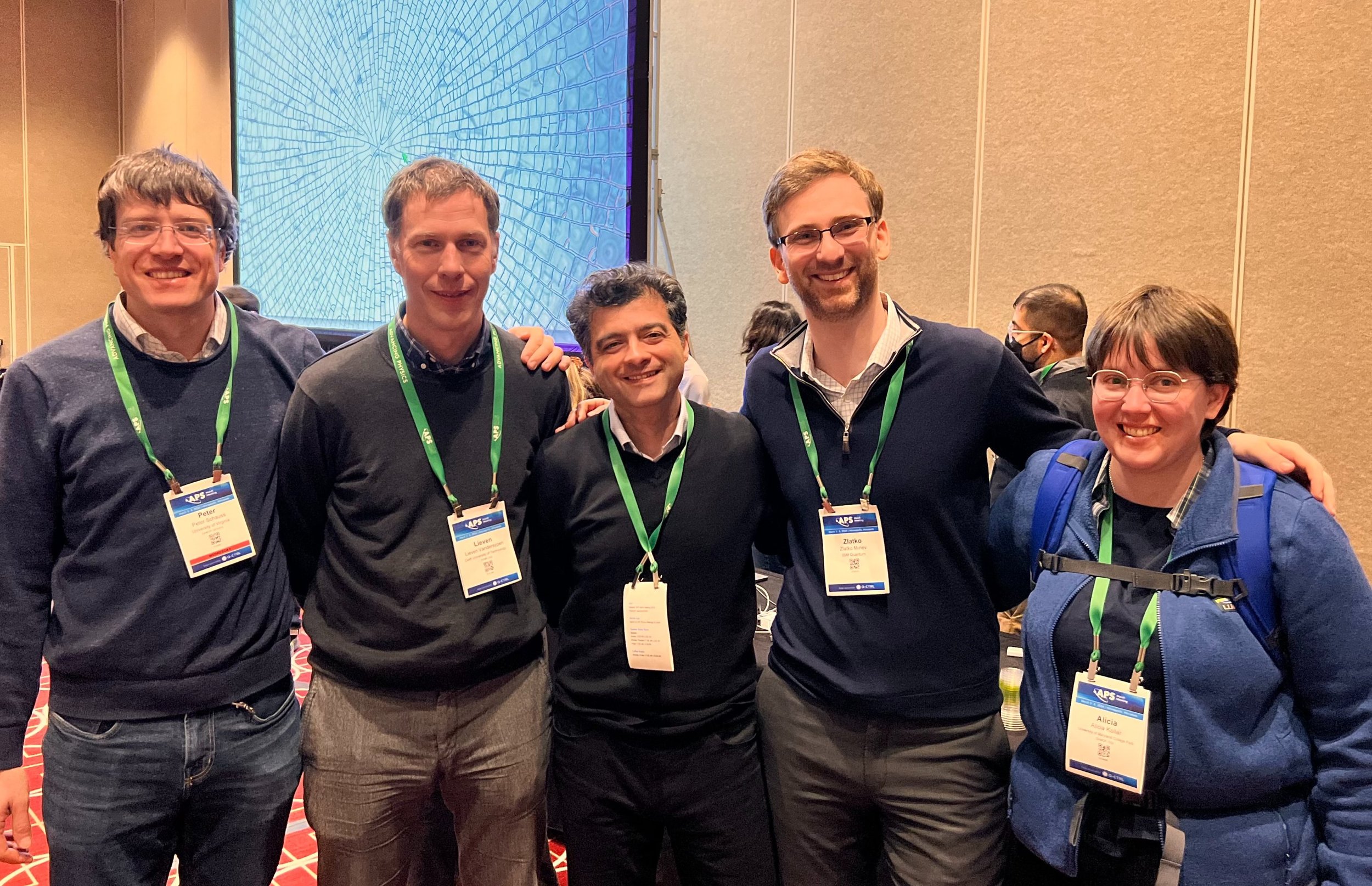A detailed portrait of quantum many-body dynamics: Uncovering local integrability
Slides from APS March Meeting Invited Talk
(Slides: Talk by Zlatko Minev at APS 24 invited session M24 with Pedram Roushan, Lieven Vandersypen, Alicia J Kollar, Peter Schauss)
Hi friends, happy to share a preprint of our latest work "Uncovering Local Integrability in Quantum Many-Body Dynamics"
Using up 124-qubit, depth-60 circuits, we extract from a quantum computer approximate Local Integrals of Motion (LIOMs) in many-body interacting systems subject to disorder-induced ergodicity breaking.
It has been a dream-team effort with Oles Shtanko, Derek S. Wang, Haimeng Zhang, Nikhil Harle, Alireza Seif, and Ramis Movassagh, and Zlatko Minev to make this paper happen. Big thank you for the input and feedback from the entire IBM Quantum team!
📧 Let us know any comments you have, drop a line below.
Uncovering Local Integrability in Quantum Many-Body Dynamics
Oles Shtanko, Derek S. Wang, Haimeng Zhang, Nikhil Harle, Alireza Seif, Ramis Movassagh, Zlatko Minev
arXiv:2307.07552 [pdf, other]
YouTube Video recording of Quantum Simulation QSim 2023 Conference (1st meeting) in Telluride Conference Center (August 7 – Friday, August 11, 2023)
Popular notes
In classical mechanics, we're used to the idea of particles, like atoms in a gas, colliding and reaching thermal equilibrium. But quantum mechanics always has surprises in store. This was evident when Anderson, back in 1958, unveiled how disorder can halt equilibration in quantum systems, leading to the concept of many-body localization. This concept has since found relevance in various contexts, including Hamiltonian dynamics and time-periodic quantum circuits.
We've observed many-body localization directly in quantum circuits, thanks to IBM's quantum hardware. This marks one of the largest physics experiments conducted on superconducting quantum devices in recent times.
One of the intriguing aspects we uncovered is how static disorder can stave off quantum chaos and equilibration in 2D heavy hex lattices in a new model. This stems from a multitude of hidden local integrals of motion, which we've successfully reconstructed.
Can't wait to see where this journey takes us next.
M24: Pedram Roushan, Lieven Vandersypen, Alicia J Kollar, Peter Schauss, and Zlatko Minev invited session speakers photo

